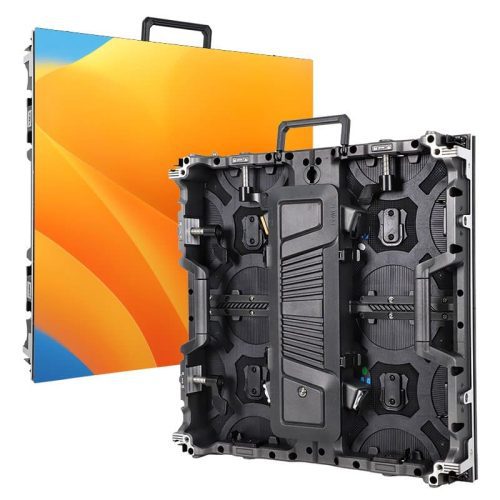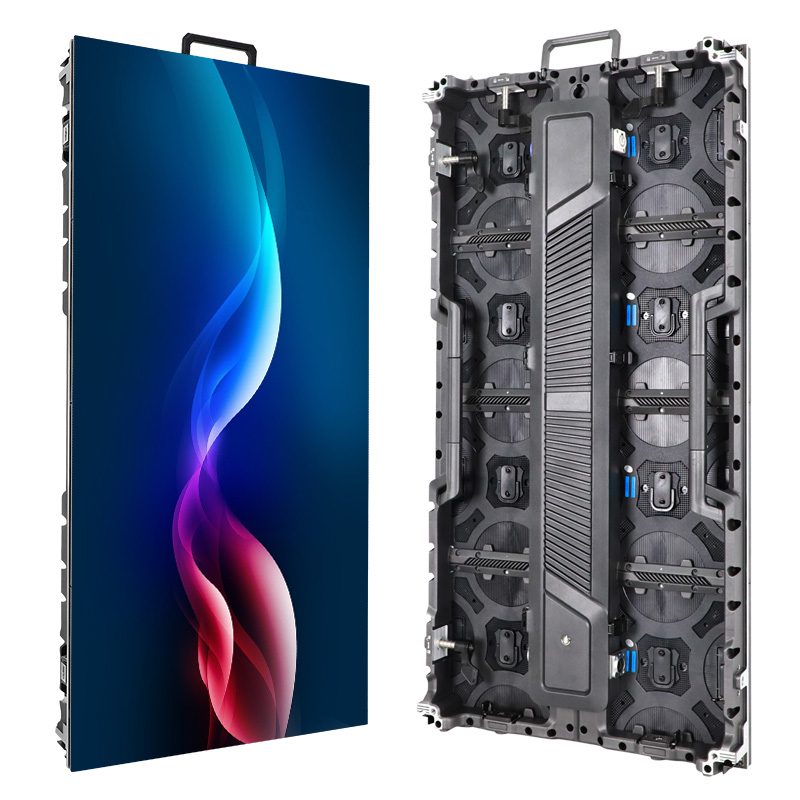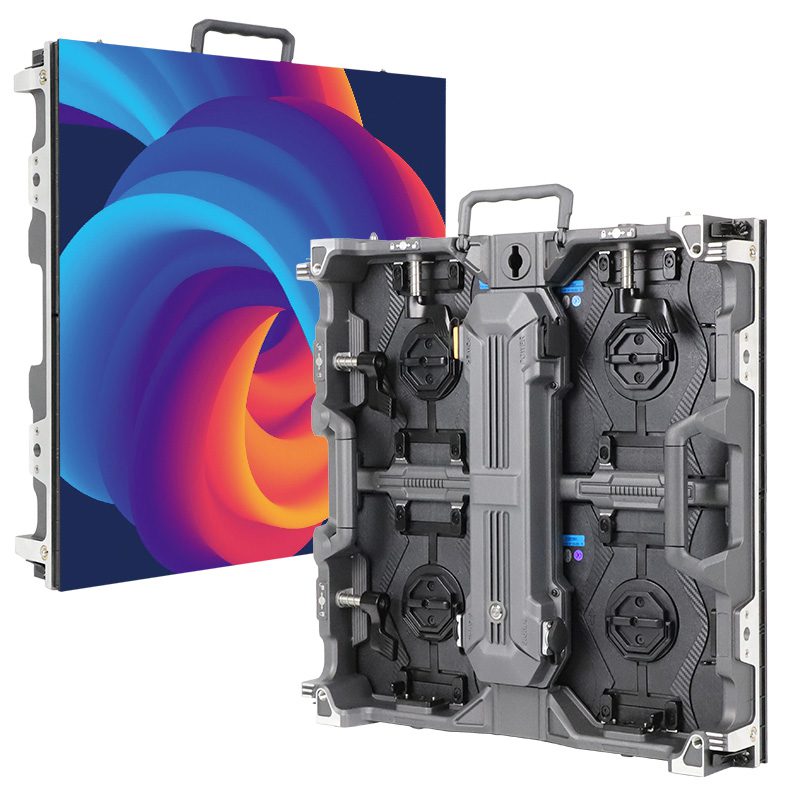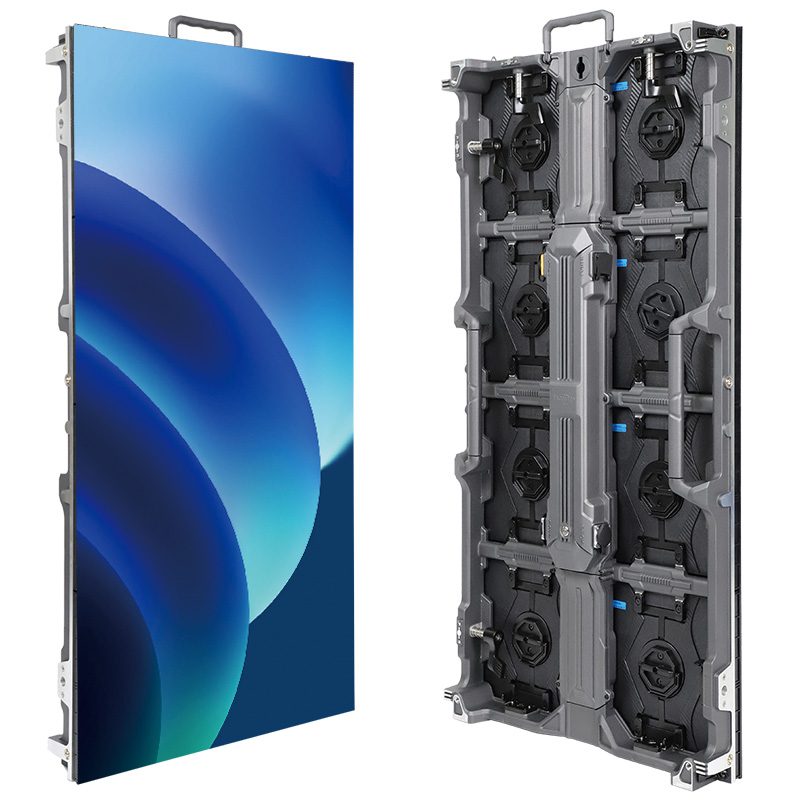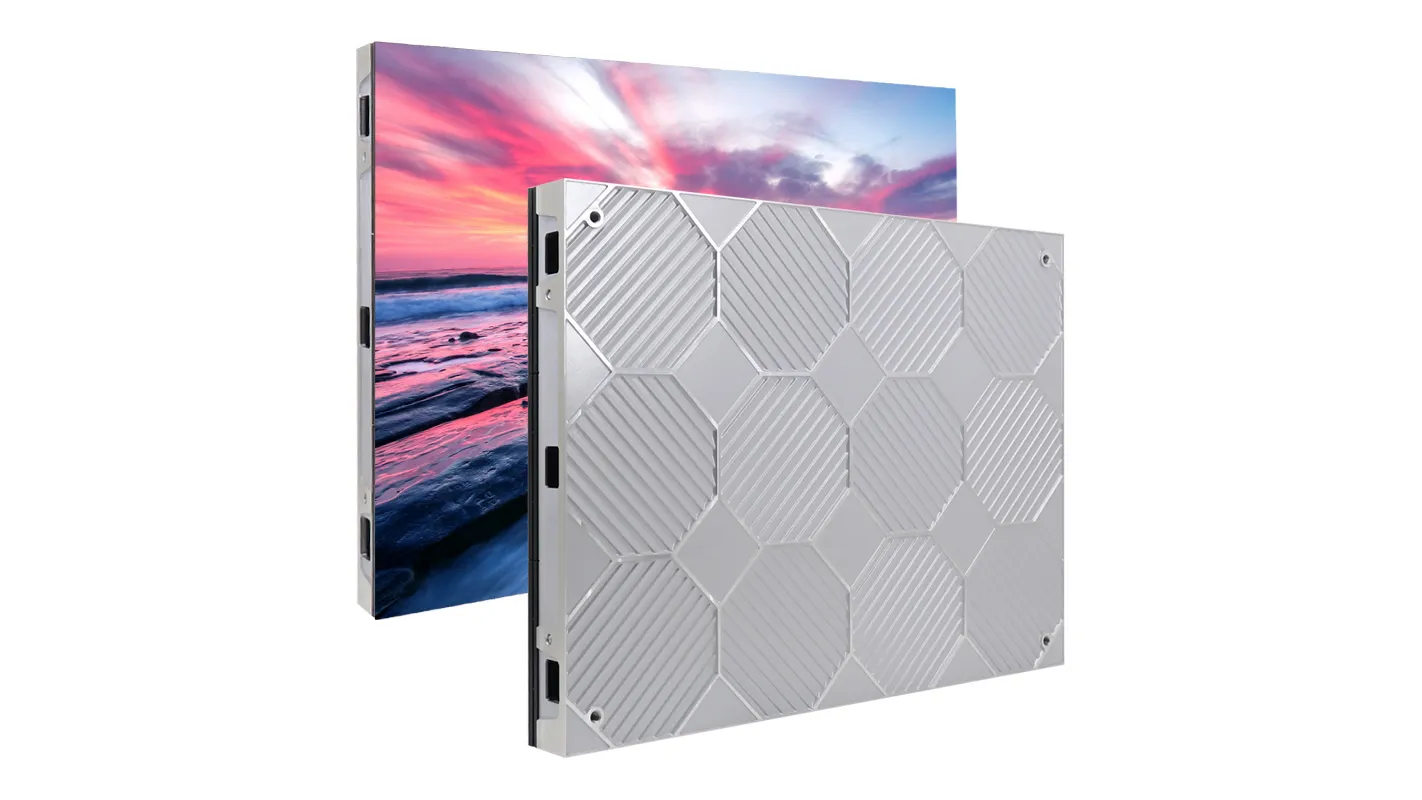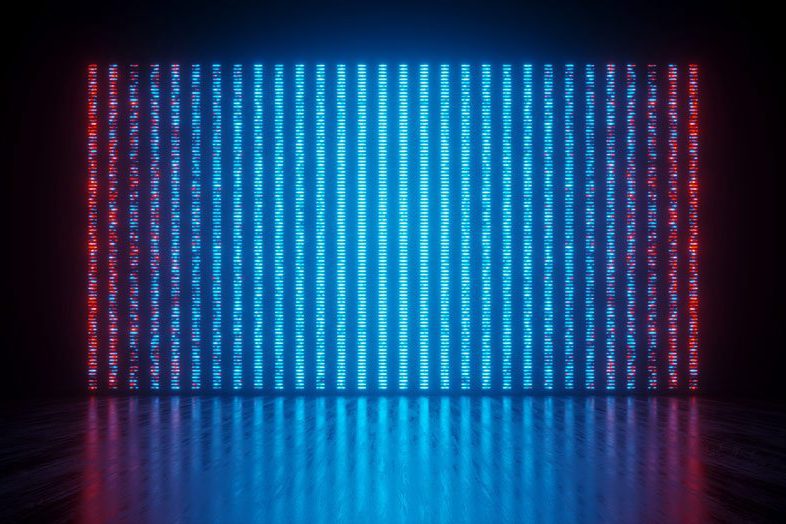1.What is HDR Technology?
Do you often see HDR displays but don’t know what HDR is? HDR stands for “High Dynamic Range.” Simply put, it’s a technology that makes images look more realistic and vibrant. You can think of it as adding a “filter” to photos or videos, but this filter isn’t just for looks—it helps make both the bright and dark details in the image clearer. For example, when you’re watching a sunny scene, a regular SDR (Standard Dynamic Range) screen might make the sky too bright and the ground too dark, losing details. HDR technology, on the other hand, keeps both the sky and ground clear, with colors closer to reality. While SDR is limited in its ability to show a wide range of brightness and colors, HDR expands this range, making the overall image more lifelike and immersive.

HDR Technology mainly involves three parts:
Content creation (like movies, TV shows, games): Movies are shot with HDR cameras, and HDR effects are added during post-production.
Transmission (like video streaming, Blu-ray discs): HDR-formatted images and videos are sent over the internet to your TV.
Display devices (like LED screen ,TVs, monitors, phones): If your screen supports HDR, it will perfectly show the brightness and color details of the movie after receiving the signal.
2.What does HDR Technology bring to LED displays?
More realistic colors: HDR makes the colors on LED displays richer, making the image look closer to what we see in real life. For example, the orange of a sunset or the green of leaves will appear more vibrant and natural.
Better contrast: HDR technology makes bright areas brighter and dark areas darker without losing details. For instance, in a night scene, the light from stars and the moon will stand out more, while the dark parts won’t look blurry.
Clearer details: Whether it’s fine textures in sunlight or details in shadows, HDR makes them more visible. For example, you can see the veins of leaves in sunlight or a person’s expression in the dark.
More immersive experience: HDR makes images more lifelike, so when watching videos or playing games, you’ll feel like you’re right in the scene, greatly enhancing the experience.

3.What is the best HDR technology?
There are several HDR standards, such as HDR10, HDR10+, Dolby Vision, HLG, etc. Each has its own features, advantages, and disadvantages.
HDR10: The “10” here stands for 10-bit color depth, meaning each pixel can display over 1 billion colors. HDR10 is the first widely adopted HDR standard and the most basic HDR format, featuring 10-bit color depth and static metadata.
What is “static metadata”?
Static metadata means the brightness range of the entire video is fixed and doesn’t adjust based on the scene. For example, once the brightness range is set for a video, it stays the same from start to finish.
HDR10+: This can be seen as an upgraded version of HDR10. It uses “dynamic metadata,” which adjusts the display effect based on the brightness and color needs of each frame. For example, if one scene is very bright and another is very dark, HDR10+ will optimize each scene separately, making the image more detailed. So, HDR10+ provides more accurate picture quality, especially in scenes with strong contrast between light and dark.
Dolby Vision: This is one of the most advanced HDR technologies available. It not only uses dynamic metadata but also has higher specifications than HDR10+, supporting a wider range of brightness and color depth. Simply put, it can display brighter, darker, and more vibrant colors. Dolby Vision requires specialized hardware, so it’s usually found in high-end TVs, movies, and streaming platforms. For example, some Hollywood movies support Dolby Vision.
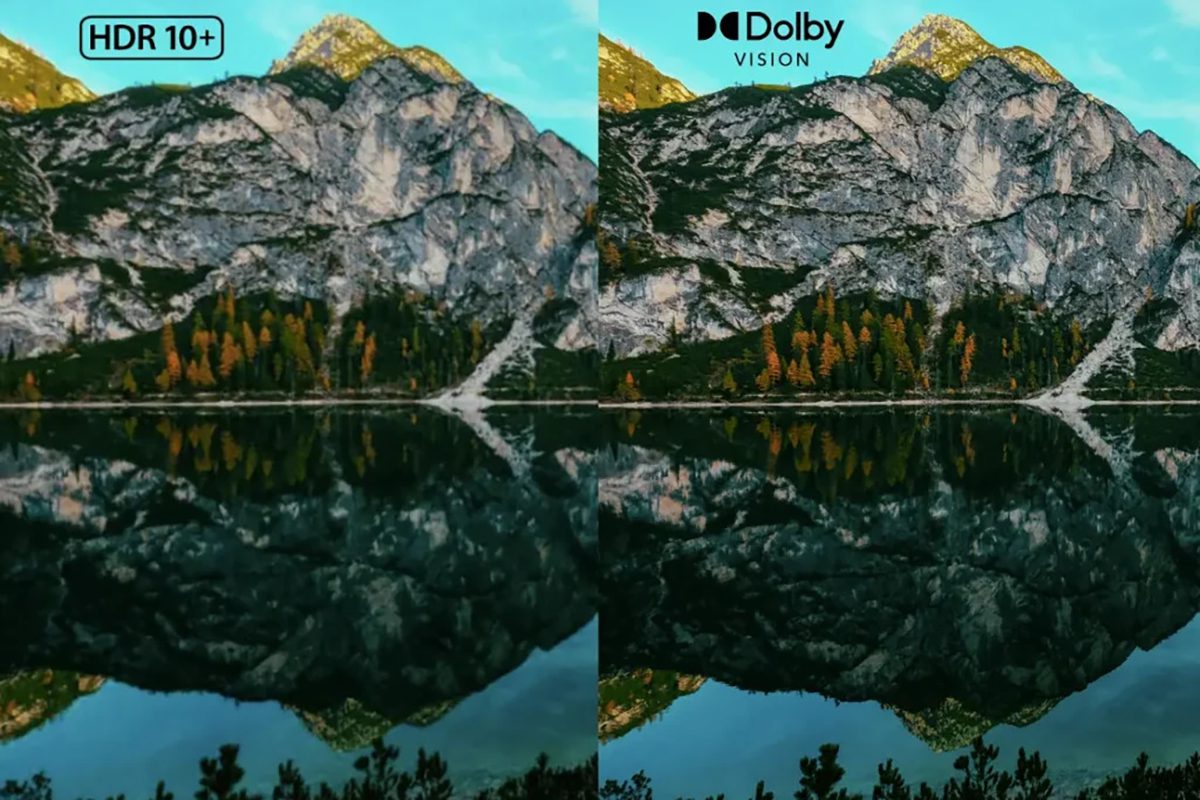
In summary, HDR10 is the most basic, HDR10+ is the mid-tier option, and Dolby Vision is the high-end choice. If you’re just watching videos casually, HDR10 is enough. But if you want better picture quality, HDR10+ or Dolby Vision is more suitable.
4.What is the downside of HDR?
HDR effects can only be displayed on screens, TVs, or projectors that support HDR. If your device doesn’t support HDR, even if the content is HDR, you won’t see the effect. Devices that support HDR are usually more expensive than regular ones, especially those with high-end HDR standards like Dolby Vision.
The effect of HDR might not be very noticeable in bright environments, especially under direct sunlight. It’s usually better to watch HDR content in darker environments to fully experience the contrast between light and dark.
HDR technology often requires higher brightness to show details in both bright and dark areas, which can increase power consumption, especially for mobile devices like phones and tablets.
5.Is HDR better than 4K?
HDR and 4K are actually two different technologies, focusing on different aspects, so you can’t simply say which one is “better.”
4K refers to the screen resolution, which is the number of pixels on the screen—3840×2160 pixels. HDR technology focuses on the brightness and color range of the image. They are not opposites and can coexist. For example, you can have a 4K HDR TV that offers both high-resolution clarity and the realistic colors and contrast of HDR. In movies, 4K lets you see the texture of distant mountains, while HDR makes the sky’s blue more vibrant and the sunlight more dazzling.
So, the best choice is 4K + HDR, combining both for a more perfect experience.
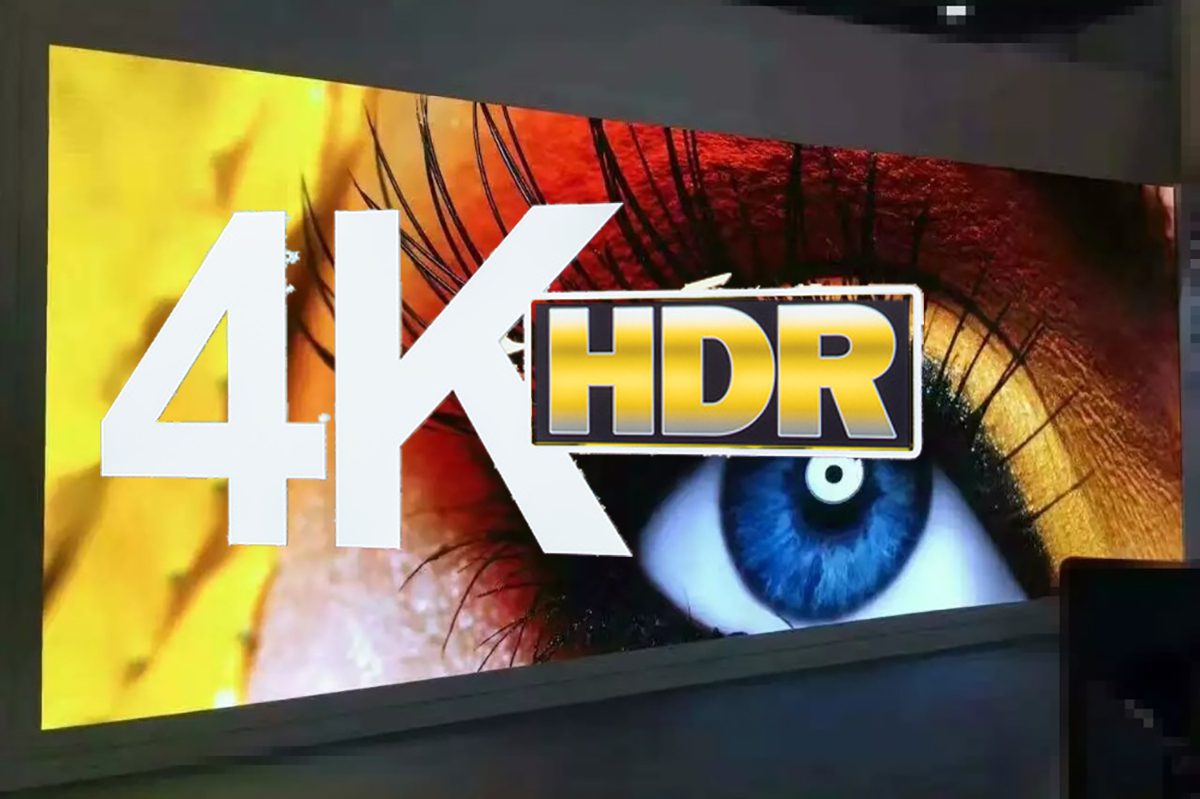
That’s all about LED display HDR technology! If you want a display with stunning picture quality, realistic colors, and rich details, EagerLED displays are definitely the best choice for you!


